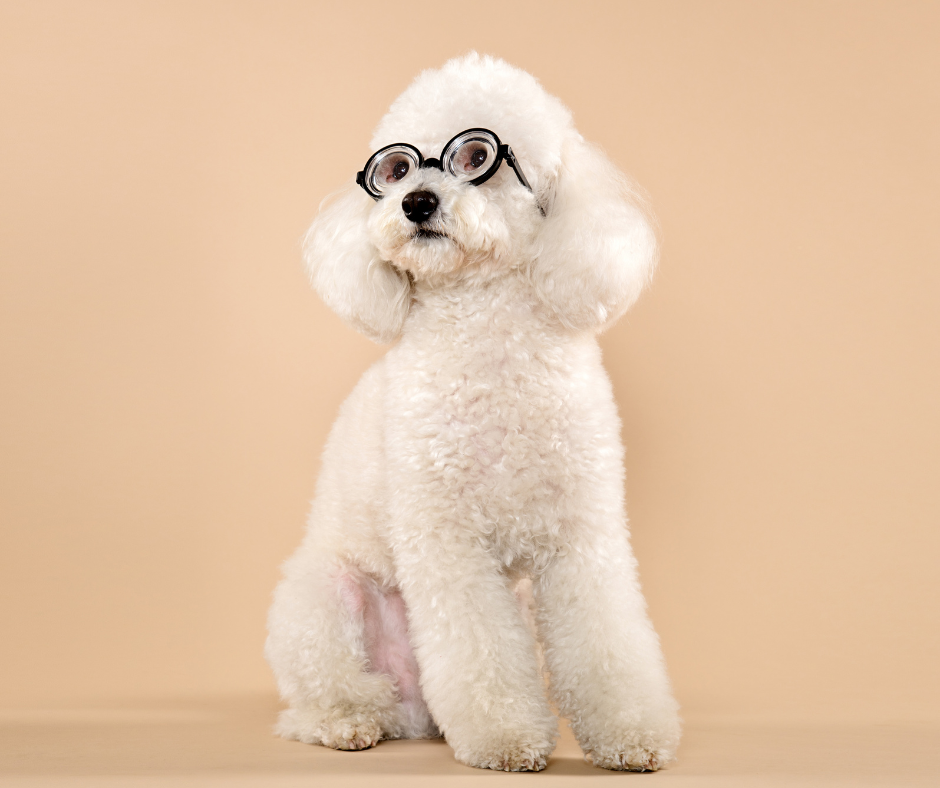Most dogs experience vision loss gradually over time. Humans become more far-sighted as they age, but dogs become more near-sighted with age.
For pet owners it’s very hard to watch your beloved family pet slowly lose their vision. Whilst this can be a stressful period for both you and your pet, you want to be sure what’s actually happening before you move forward.
Here are a few changes in behaviour to be on the lookout for in pets that may indicate your pet is not seeing as well as they used to:
- Bumping into walls, low tables or other obviously positioned furniture
- Hesitating in new areas
- Staying in one spot for a long period
- Jumping or being startled when being petted
For some, the loss of vision can be rapid and sudden. Watch your dog closely to see if they display any of these signs of vision loss seek veterinary advice.
Large Pupils
Large or dilated pupils could be a symptom of glaucoma, or other vision issue. Enlarged pupils may also be a sign of toxicity, medication side effects, or stress. If your dog develops enlarged pupils, it’s a good idea to get them checked by the vet.
Looking ahead
While canine vision loss and blindness are always difficult, don’t panic. Since dogs have and rely on their keen sense of smell and sound, your dog will still be able to navigate around, especially in the home and other places they are familiar with, even with significant vision loss.
There are also some quick fixes you can apply to your own home to make it easier on your pet. Pets are very good at memorising their usual surroundings, so you should try to leave the furniture in your home exactly where it is. Make sure common walking areas are clear. If you have to rearrange a room, do it gradually or limit it to areas where your pet doesn’t usually go.
We hope our tips can be useful to those of you with elderly pets.





